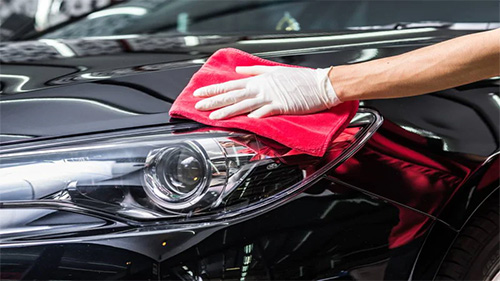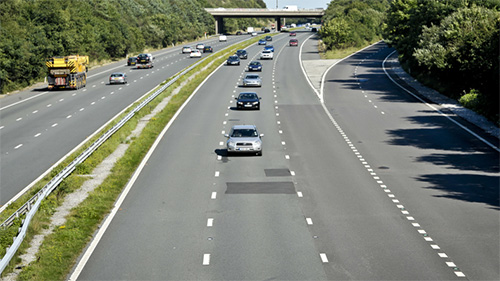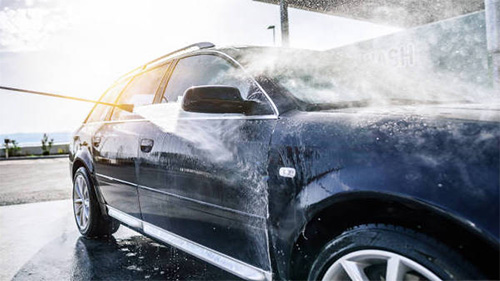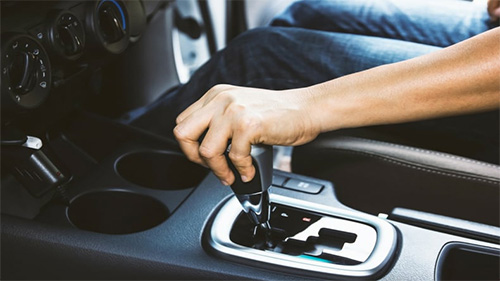Road Rage:What It Is and How to Prevent It?
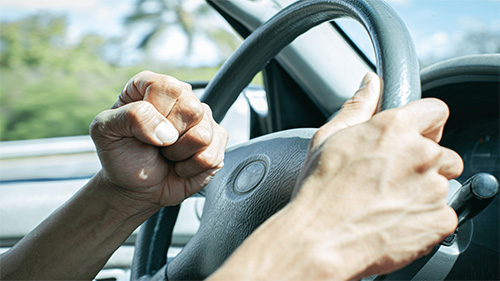
Millions of drivers across the world get behind the wheel each year with the best of intentions for a peaceful trip, only to get caught up in intense moments of annoyance or rage. A volatile combination of tension, impatience, and perceived slights, road rage can turn even the most routine drive into a hazardous situation. However, maintaining composure while driving is a talent that can be learnt, just like any other precise driving technique.
What Is Road Rage?
Road rage is fundamentally a severe kind of aggressive driving. It goes beyond the occasional honk or muttered curse. Manifestations range from tailgating and unsafe lane changes to verbal threats, gesturing wildly, or even physical confrontation. In-car, this might look like slamming on the brakes when someone cuts you off, revving the engine to intimidate another driver, or weaving aggressively through traffic. Such behaviors not only endanger those directly involved but also innocent bystanders and passengers.
Why Cars—and Drivers—Become Catalysts?
Modern automobiles are marvels of engineering, capable of brisk acceleration, rapid lane changes, and powerful braking. But these very capabilities can fuel our baser instincts. When a driver perceives that another motorist is misusing their vehicle—say, creeping in the “fast” lane or executing abrupt turns—it can trigger a fight-or-flight response. Add to this the anonymity of being enclosed in a steel shell, and it becomes all too easy to lash out without facing immediate social reproach.
Preventative Pit Stops: How to Keep Your Cool
Optimize Your Car’s Comfort Features
Engage the air conditioning, play relaxing music or a favorite podcast, and adjust your seat position. A comfortable interior can significantly lower stress levels.
Practice Defensive Driving Techniques
Keep a “safety cushion” of at least three seconds behind the vehicle in front, signal lane changes early, and anticipate other drivers’ moves. This mindset shifts you from reacting to controlling.
Use In-Car Alerts and Driver-Assist Technologies
Many modern cars offer lane-departure warnings, adaptive cruise control, and forward-collision alerts. Rather than viewing these as distractions, embrace them as digital copilots that help you maintain composure.
Schedule Buffer Time
Rushing is the root of much frustration. Leaving even ten minutes earlier can transform your mindset from hurried to unhurried, reducing the urge to speed or tailgate.
Adopt Mindfulness Techniques at Stoplights
Recite a soothing mantra aloud or concentrate on your breathing. This brief pause can reset your emotional state before you rejoin the flow.
Know When to Take a Break
Pull into a secure rest place if you've been driving for extended periods of time or if you're getting impatient. Stretch your legs, hydrate, and allow yourself a mental reset.
Preventing road rage isn’t about suppressing every emotion—it’s about mastering them. Just as drivers learn to interpret dashboard alerts and adapt to their car’s handling, they can also become attuned to the early signs of stress and deploy proven strategies to defuse tension. The next time another vehicle cuts you off or a traffic jam tests your resolve, remember: a calm driver behind the wheel not only protects themselves and others but also elevates the very experience of driving. After all, cars were built to move us forward—not to trap us in circles of conflict.




